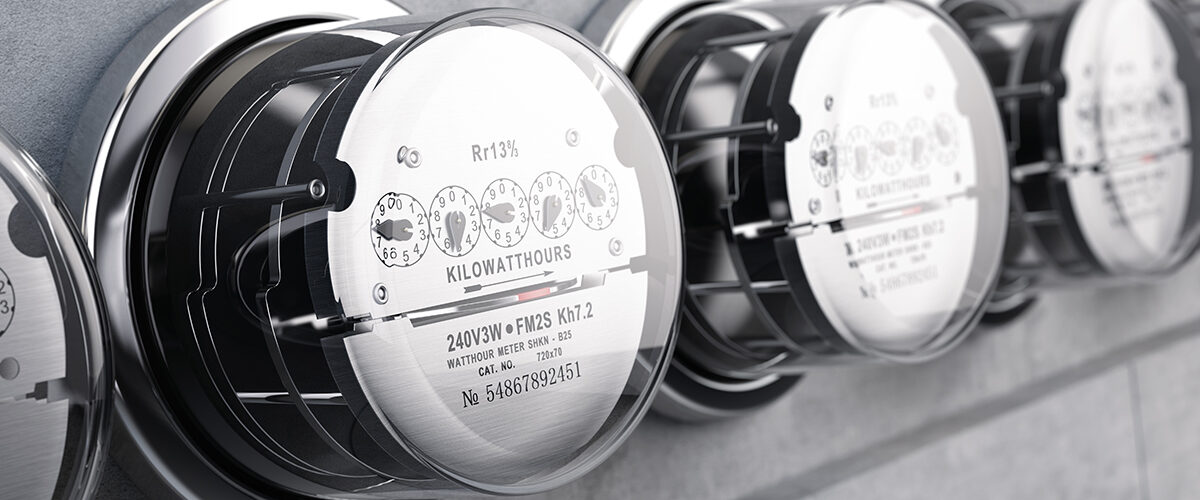Unaddressed Energy Burdens Are Threatening the Clean Energy Transition
In addition to being an incredible burden upon residents, heavy energy burdens, defined as the percentage of a household’s income spent on home energy bills, also threaten the clean energy transition. Generally speaking, the operational costs of an air-source heat pump end up being less than many existing alternatives, such as fuel oil, propane, or electric resistance heating. However, in cases where electricity prices are high and fossil gas prices are low, and without supplemental relief, it can be difficult to ask an already energy burdened household to switch to a heat pump, even if the swap were to happen at no cost. Therefore, in order to meet our climate goals, it is absolutely crucial to equitably address energy burden as well.
Thankfully, we are starting to see a number of jurisdictions take steps to combat this issue. For example, several states, such as New York, California, and Ohio, have implemented forms of Percentage of Income Payment Plans (PIPP) for certain residents or established policy goals around what constitutes an acceptable/unacceptable energy burden. A PIPP can directly alleviate energy burden by limiting a monthly payment to a certain percentage of income, often between 4-6%. Other states, such as Massachusetts, are looking at things even more comprehensively.
On January 4, 2024, the Massachusetts Department of Public Utilities (DPU) opened an inquiry into energy burden with a focus on energy affordability for residential ratepayers, DPU 24-15. In this docket, the DPU is soliciting input from stakeholders, including members of the public, advocates, and DPU-regulated entities to allow the DPU to “consider improvements to the programs currently offered to address energy affordability, to ensure maximum participation in each of these programs, and to determine whether additional programs may further benefit residential ratepayers of the Commonwealth’s electric and gas distribution companies.”1 As part of this effort, the DPU released a broad list of questions and sought comment by March 1, 2024.
Acadia Center’s comments focused primarily on utilizing a PIPP approach versus potentially using a tiered discount approach. As outlined above, utilizing a PIPP focuses directly on limiting utility bill payments to a specific percentage of household income (with additional provisions). A tiered approach, which some jurisdictions utilize, essentially creates income brackets for which a ratepayer can qualify. At each different bracket, there are different levels of benefits/rate relief. Unfortunately, this approach to benefits has a potential drawback known as the “cliff effect.” Put simply, if a household in a particular bracket but close to the limit rises even a single dollar over the limit, they potentially could lose out on significant benefits. As such, Acadia Center also advised the DPU to avoid the “cliff effect” in any of its policies. Additionally, as part of its recommendations regarding PIPP, Acadia Center also specifically recommended utilizing a 6% income cap, a benchmark that is emerging as a commonly accepted standard for energy burden. In addition, we underscored PIPP program design elements – such as caps in consumption – that can preserve the incentive to conserve energy and the benefits of energy efficiency. Beyond PIPP, Acadia Center also advocated for auto-enrollment in the discount rate, energy affordability programs reflecting seasonal fluctuations in energy use, and placing the costs of the discounted rates upon high energy-use and higher-income households.
Acadia Center also worked with a broad array of stakeholders, including housing advocates, environmental organizations, and environmental justice advocates, to produce a set of coalition comments as well. These comments did not specifically address the questions raised by the DPU and instead focused on broad issues surrounding energy affordability. For example, it notes that existing structural inequities aggravate energy burden amongst certain customers. It also highlights that race is a major factor in determining the likelihood that a household will experience energy insecurity. The coalition letter further emphasizes that this cannot be the end of this process, and additional in-depth analysis will be required.
The steps after this point in DPU 24-15 are not currently clear. However, Acadia Center is confident that the DPU will ensure a robust and transparent process that incorporates a broad swath of stakeholder input and prioritizes environmental justice and equity. We look forward to bringing further analytical review to this important proceeding as it progresses.
1 DPU 24-15, at 1.
For more information:
Contact: Kyle Murray, Director, State Program Implementation, kmurray@acadiacenter.org




















Follow us